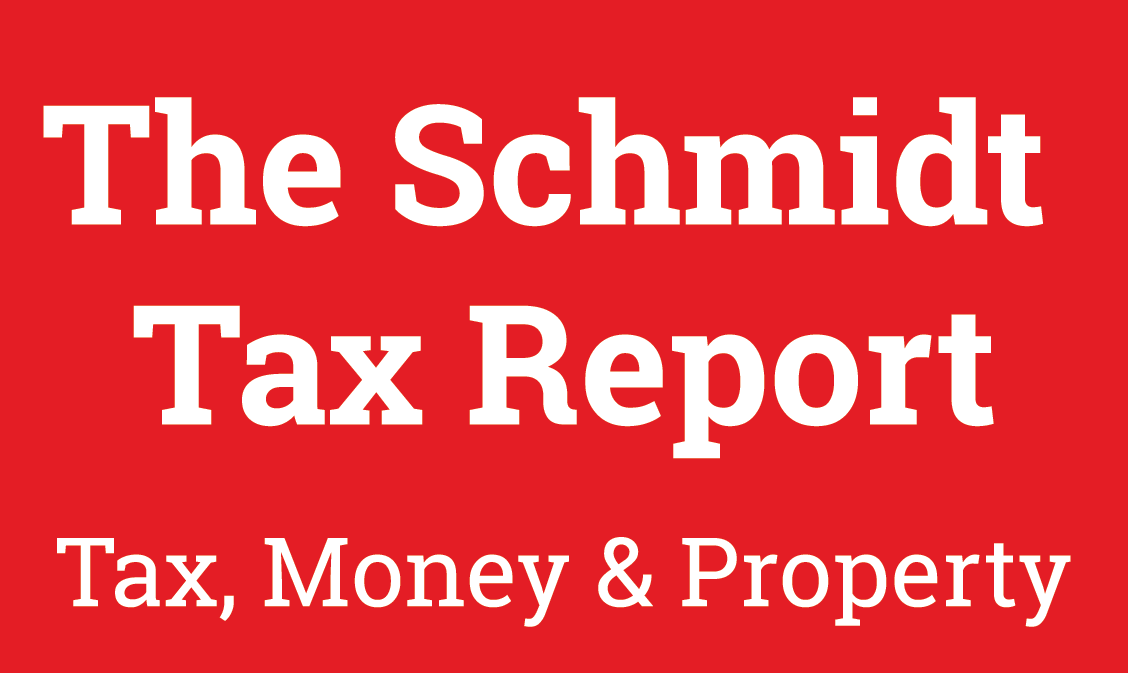In the first Budget speech of this parliament, George Osborne promised to ‘take the family home out of the inheritance tax net’. If only it were true. In fact, what Osborne has introduced is something called the maximum residence nil rate band (RNRB) – an additional inheritance tax (IHT) allowance available if an individual passed their family home (with a value of no more than £1m) to their children, grandchildren or remoter descendants, including stepchildren, adopted children and foster children. Each beneficiary recieves an allowance – starting with £100,000 in 2017/18 and rising to £175,000 by 2020/21 – which is hardly fair to those who die or become beneficiaries under a close relative’s will before the new rules kick in. It is a particularly complex piece of legislation, anyway, with special rules that will (they are not yet enacted) apply to people who have downsized their home before their death. Nevertheless, if your estate would – including the value of your home – be liable to IHT then it is well worth seeking specialist advice. Incidentally, IHT receipts jumped to £4.6bn in the year to February 2016, up 21% from £3.8bn. Against this, the government is planning to increase probate fees. Under the proposals, estates worth more than £2m would pay £20,000 for probate instead of the current £215.
1.6.16

